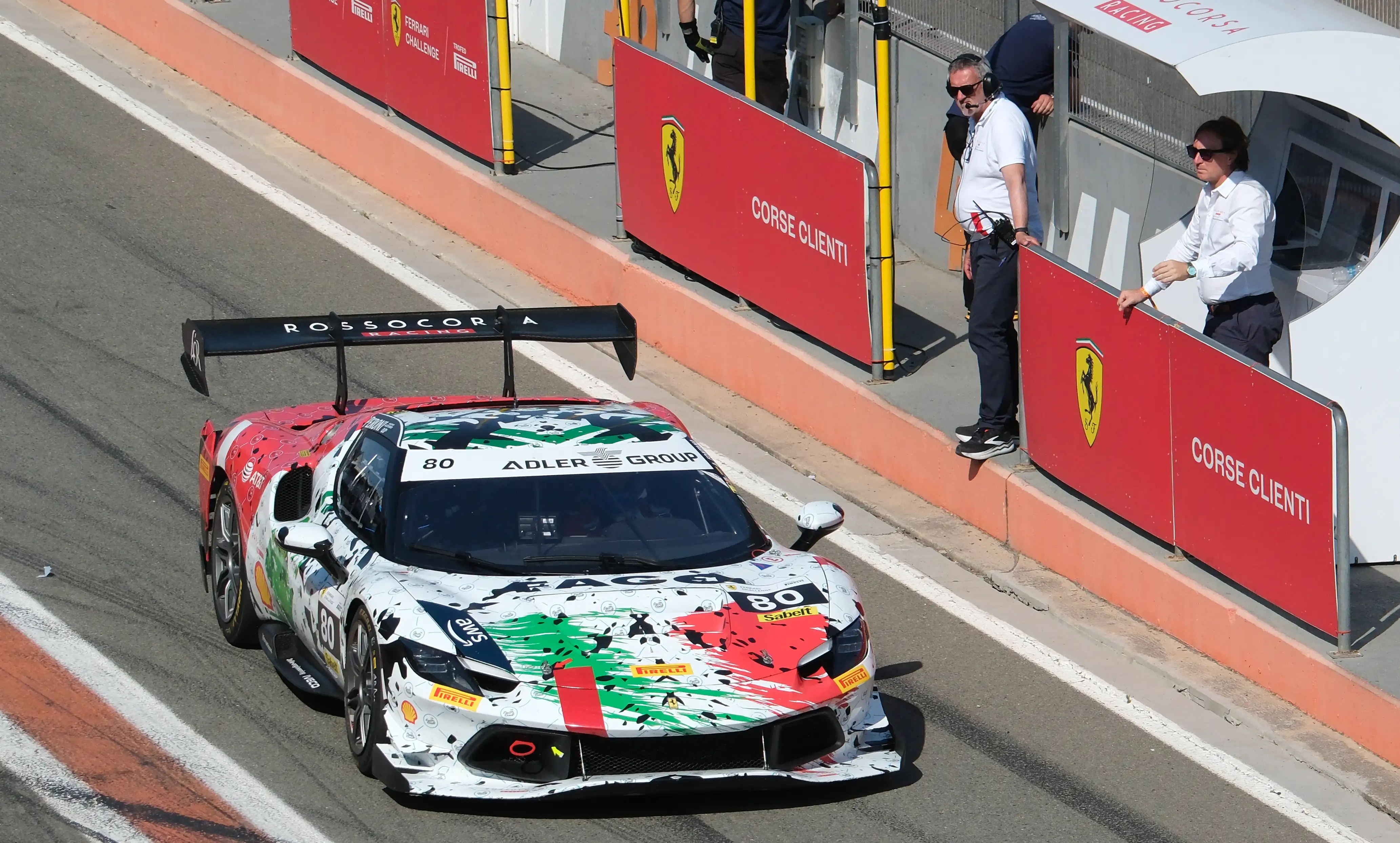Introduction
Few things test a photographer’s reflexes and technical skills like a car race. The roaring engines, blurred lines, and fleeting moments demand more than just pointing and shooting. To freeze or emphasize motion in motorsport, you need to master the balance between shutter speed, aperture, and ISO, while also understanding how your camera’s sensor format plays into the final result.
This guide walks you through the best practices to shoot car races like a pro — from recommended settings to the difference between full-frame and Micro Four Thirds (M4/3) cameras.
Recommended Camera Settings
1. Shutter Speed: The Heart of Motion Photography
The choice of shutter speed defines your style:
- Freeze action: Use 1/1000s or faster to capture cars sharply, even at high speeds.
- Panning effect: Drop to 1/125s – 1/250s and follow the car with your lens. This keeps the car sharp while blurring the background, creating a sense of speed.
- Experimental blurs: Go slower, 1/60s or less, for dramatic streaks. This requires steady hands or a monopod.
👉 Pro Tip: Start with 1/250s for panning practice. It’s forgiving enough while still delivering motion blur.
2. Aperture: Controlling Depth of Field
Motorsport venues often have busy backgrounds (grandstands, fences, advertising boards). To isolate the subject:
- Wide apertures (f/2.8 – f/5.6): Blur distractions, focus on the car.
- Narrower apertures (f/8 – f/11): Useful for group shots or when you want more of the track in focus.
👉 A sweet spot for most lenses is f/5.6 – f/8, balancing sharpness and depth of field.
3. ISO: Managing Light and Noise
- Bright daylight: ISO 100–200 keeps images clean.
- Cloudy conditions: ISO 400–800 helps maintain shutter speed.
- Night races: Don’t be afraid to push ISO 1600–3200 — modern sensors handle it well.
👉 Rule of thumb: Prioritize shutter speed. It’s better to raise ISO than to risk motion blur.
Techniques for Capturing Speed
Panning
Panning is the holy grail of motorsport photography.
- Set shutter speed around 1/125s – 1/250s.
- Track the car smoothly as it passes.
- Fire the shutter while moving your camera at the same speed.
When done right, the car stays sharp, while the background transforms into streaks of motion.
Great tutorial on panning from Digital Photography School
Anticipation and Positioning
- Corners and chicanes: Cars slow down slightly, giving you more control.
- Straights: Best for pure speed shots with long lenses.
- Curbs and apexes: Capture cars leaning into turns for dynamic framing.
👉 Walk the track early to find interesting angles and backgrounds.
Burst Mode
Switch to continuous shooting (burst mode). Cars move fast, and you don’t want to miss the split-second where light, motion, and composition align.
Full Frame vs Micro Four Thirds (M4/3)
Your camera’s sensor size plays a big role in motorsport photography.
Full Frame
- Pros:
- Better low-light performance (useful for night races).
- Creamier background blur (bokeh).
- More dynamic range.
- Cons:
- Heavier and pricier gear.
Micro Four Thirds (M4/3)
- Pros:
- 2x crop factor makes your telephoto lenses reach further — a 200mm becomes effectively 400mm. Great for trackside shooting.
- Lighter setup, easier to carry all day.
- Cons:
- More noise at higher ISO.
- Shallower bokeh compared to full frame.
👉 If you shoot mostly daytime races, M4/3 gives you reach and portability. If you want maximum image quality in low light, full frame is the winner.
Comparison resource on sensor sizes
Practical Tips
- Use a monopod: Keeps gear stable without losing mobility.
- Shoot RAW: Gives more flexibility for shadows, highlights, and color corrections.
- Mind the safety zones: Never cross barriers. Respect track rules — safety first.
- Experiment: Don’t lock into one style. Try freezing, panning, and creative blurs in one session.
Recommended Gear
- Lenses:
- 70–200mm f/2.8 (full frame) or 40–150mm f/2.8 (M4/3).
- 300mm+ telephoto for long straights.
- Accessories:
- Circular polarizer (reduces glare on car bodies).
- Extra batteries and memory cards (burst mode eats both fast).
- Comfortable strap or harness.
👉 A lightweight kit often outperforms heavy pro gear if it keeps you moving and shooting longer.
Conclusion
Shooting car races is a thrilling challenge that combines technical mastery with artistic instinct. Shutter speed controls motion, aperture shapes your scene, and ISO adapts to the light. Add in panning techniques and smart positioning, and you’ll walk away with dynamic shots full of energy.
Whether you shoot with a full-frame powerhouse or a nimble M4/3 kit, the goal is the same: capturing speed in a still image that makes viewers feel the rush.
So grab your gear, head trackside, and start experimenting. Every lap brings new chances to refine your craft.
